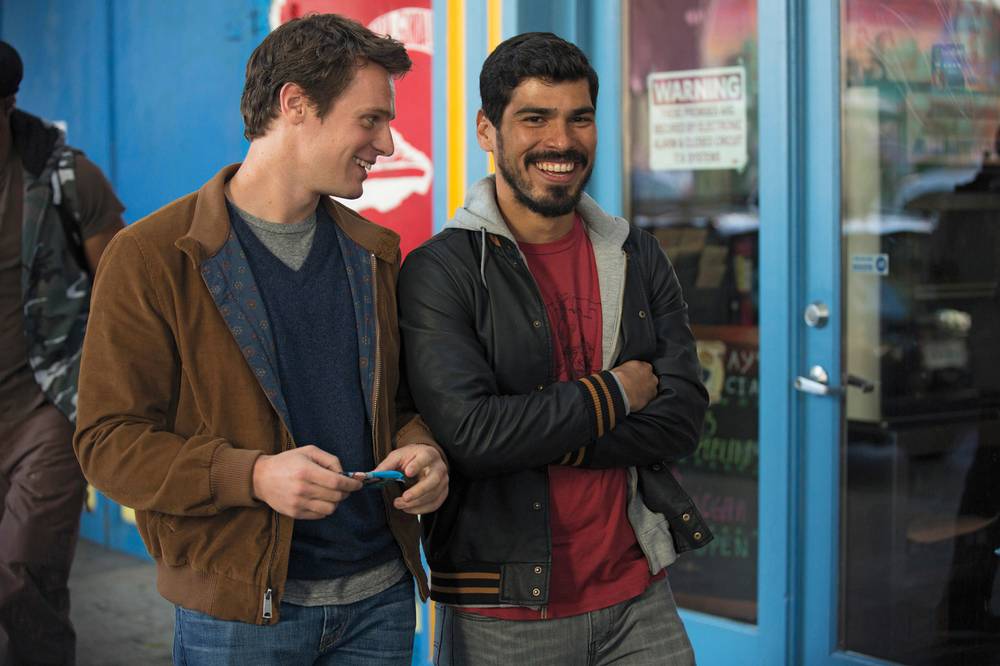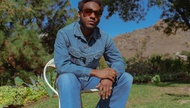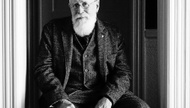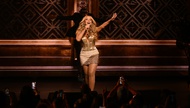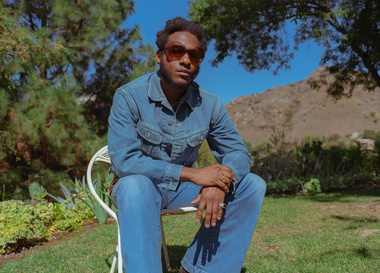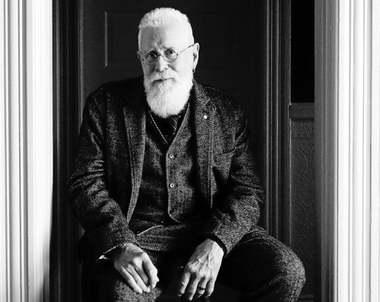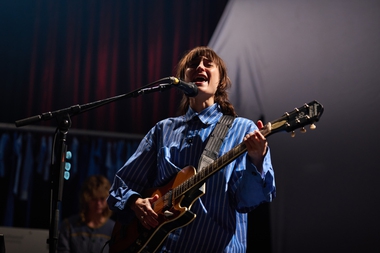
Looking Sundays, 10:30 p.m., HBO. Premieres January 19.
The early word on HBO’s Looking was that it was the gay male version of the network’s polarizing dramedy Girls, and while that description is a bit reductive, it does give a basic sense of what to expect from the show. Like Girls, Looking focuses on a group of young post-collegiate friends living in a big city and trying to figure out their lives and careers. The main characters in Looking—video game designer Patrick (Glee’s Jonathan Groff), aspiring artist Agustin (Frankie J. Alvarez) and waiter Dom (Murray Bartlett)—are all gay men, and they’re also a bit older and more settled than the title characters in Girls (this show would never be called Boys). The tone in Looking is warmer and less confrontational than Girls; while Patrick, Agustin and Dom may be self-pitying or indecisive at times, these are guys you might actually want to spend some time with and not just observe with train-wreck fascination.
Groff is particularly charming as the somewhat naïve, lovelorn Patrick, who bumbles through relationships and hook-ups and longs for more fulfillment and responsibility at work, even though he’s not quite sure how to get it. Creator Michael Lannan and fellow executive producer Andrew Haigh (the filmmaker behind the acclaimed 2011 indie gay romance Weekend) create a believable, lived-in world in their San Francisco setting, with a strong sense of the city’s gay culture. As with Girls, the characters can sometimes come off as whiny and self-absorbed, and the show itself occasionally does as well. There’s little plot momentum in the first four episodes, which deal with small-scale, familiar concerns (moving in with a significant other, having an inappropriate crush, feeling stuck in a career rut).
It’s unlikely that Looking will get the same level of attention as Girls, partly because mainstream audiences can still be squeamish about gay subject matter, but mostly because it doesn’t strain to make a big statement about an entire generation or subculture. It looks at its characters as unique but relatable people, and that makes it easy to want to return each week to see what they’re up to.
